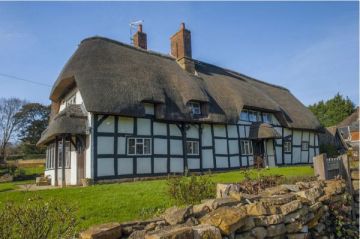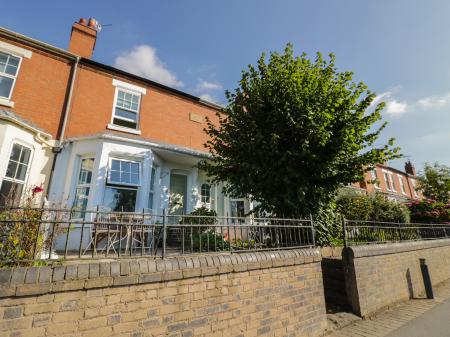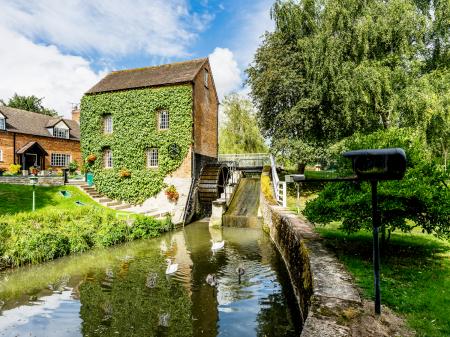Date: September 3, 1651
The Battle of Worcester was the final conflict in the interminable English Civil War. The king in exile, Charles II, aided by Scottish allies under Sir David Leslie, attempted to regain the throne lost at his father's death.
While Leslie argued that they should make a stand in Scotland, where support for the royalist cause was strongest, Charles insisted on carrying the fight into his homeland. He marched his men south into England, and they came up against Parliamentary forces under Oliver Cromwell at Worcester.
Charles entered the city on August 23, and there he paused to allow his men to rest and gather supplies. Cromwell divided his men into two groups, and it is likely that all told Cromwell's men outnumbered the royalists by two to one.
Cromwell began a bombardment of the city and attempted to cross the Severn from the south, but his men were beaten back. Charles sallied out to attack, but he, too, was unsuccessful and returned without taking any of Cromwell's guns.
Cromwell constructed a boat bridge across the river, and led his men across. They pushed back the royal troops, allowing the main Parliamentary army to cross. The Scottish troops broke and fled, turning the royal retreat into a rout.
Charles quickly launched a counterattack, pushing his opponents back in the east. Cromwell was forced to recross the river to support his men, and after three hours of hard fighting, they pushed the royalists back into Worcester.
The city was surrounded, and troops attempting to flee were quickly captured by Cromwell's men. Charles left his bodyguard to hold off pursuit and fled the field. In a story that has been told and retold over the years since, he hid from his pursuers in the leafy branches of an oak tree, before eventually making his way to the coast and eventual safety in France.
The story of the Battle of Worcester in recounted in exhibits at The Commandery, a complex of timber-framed buildings that were used by Charles as his headquarters for the battle.


